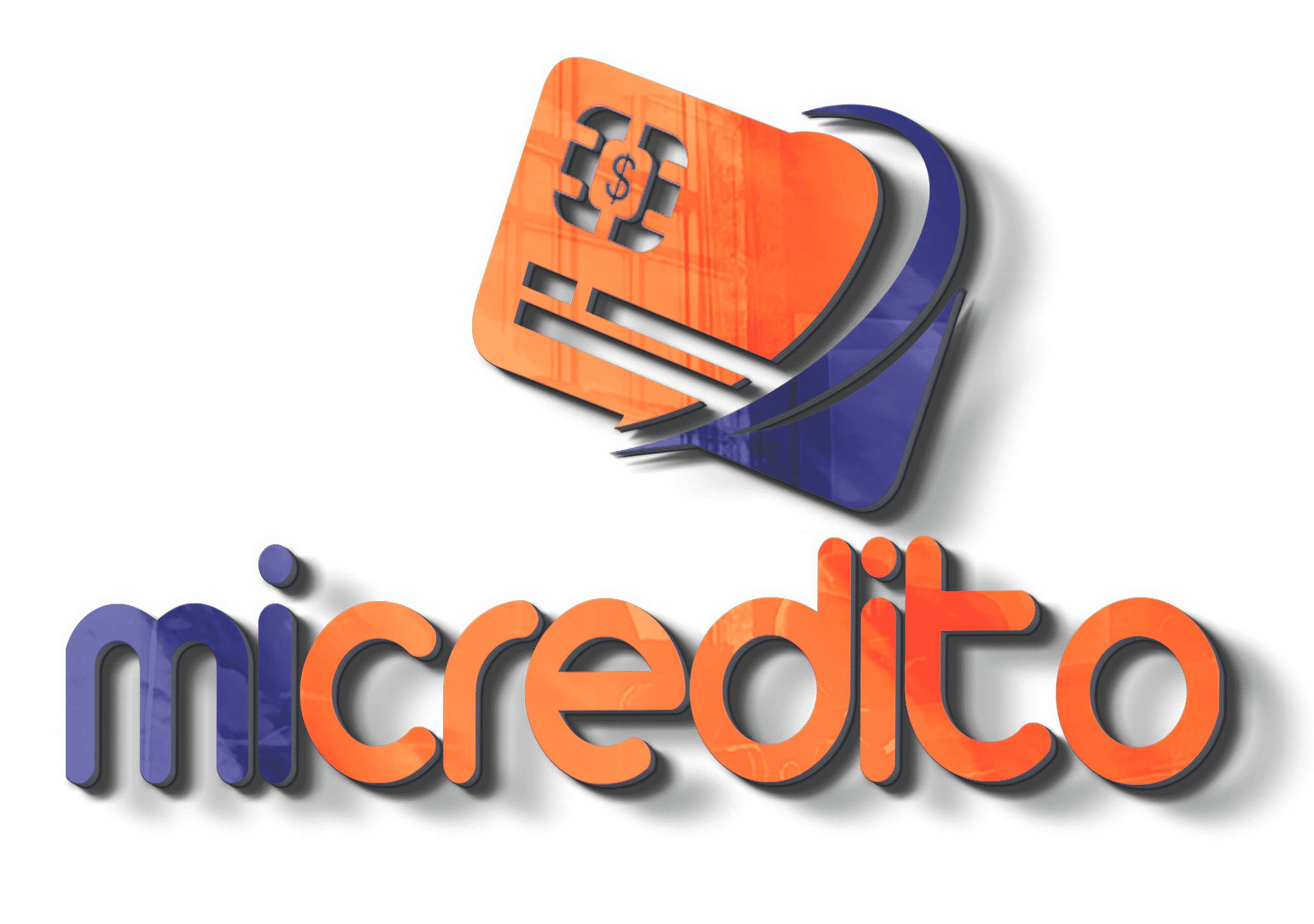Education remains one of the most transformative investments anyone can make, but its growing costs present a formidable challenge for many families and individuals in the United States. With tuition fees skyrocketing and additional expenses like books, supplies, and housing adding to the financial burden, finding innovative ways to save has become essential. One often-overlooked tool for managing and optimizing these costs is the credit card.
While many associate credit cards with debt, they can be a valuable resource when used strategically to offset education-related expenses. By leveraging the unique benefits offered by credit cards—such as rewards, cashback, and flexible payments—students and parents can significantly ease the strain of educational spending. This guide outlines how to harness the power of credit cards effectively while minimizing financial risks.
Understanding the role of credit cards in education expenses

Credit cards play a versatile role in managing the many financial demands associated with education. Unlike traditional payment methods, credit cards offer the convenience of consolidating various expenses, ranging from tuition fees to daily living costs, into a single account.
Today, many universities and colleges accept credit card payments for major expenses, including tuition, dormitory fees, and even meal plans. This makes it easier to track spending and manage budgets. Additionally, essential supplies like textbooks, laptops, and other academic tools can be purchased using credit cards, often with added perks such as purchase protection or extended warranties.
However, the key to success lies in understanding how to use these tools wisely. For instance, not all credit cards are created equal. Some offer excellent rewards programs, while others may have high interest rates or annual fees that could outweigh the benefits. Before committing to a particular card, it is essential to carefully evaluate its terms and benefits.
Rewards programs, such as cashback on specific categories or points for general purchases, can provide significant value when tailored to the spender’s needs. Families should also pay attention to introductory offers like 0% APR periods, which can be especially helpful for managing large upfront costs like tuition.
Budgeting is another critical component when integrating credit cards into your education finance plan. It’s essential to distinguish between fixed costs, such as tuition and housing, and variable expenses like transportation and dining. By mapping out these costs, students and families can determine how much they can afford to charge to their credit card and, more importantly, how they plan to repay it. Clear repayment strategies help prevent interest accumulation and keep spending within reasonable limits.
Smart spending: Strategies for maximizing rewards and benefits
The most attractive aspect of using credit cards for educational expenses is their potential to generate significant rewards and benefits. To fully capitalize on these opportunities, it’s crucial to align your spending habits with the card’s reward structure. For example, some cards offer higher rewards rates on specific categories, such as groceries, dining, or travel.
For students who commute or frequently fly between home and school, a travel rewards credit card could be an ideal choice, offering points or miles that can be redeemed for flights, hotel stays, or even car rentals. Similarly, if food and supplies form the bulk of your expenses, opt for a card with generous cashback rates on everyday purchases.
Strategic timing is another way to optimize rewards. Large expenses, such as tuition payments or purchasing expensive course materials, should be timed to coincide with the card’s promotional periods or reward-earning thresholds. Many credit cards offer substantial sign-up bonuses if you meet a spending requirement within the first few months. For families managing multiple education-related expenses, consolidating these costs to meet the bonus threshold can yield significant rewards.
Equally important is the way rewards are redeemed. While some credit cards allow you to convert points into statement credits, others may offer gift cards, merchandise, or even cash. Understanding the redemption options and choosing those that provide maximum value ensures that rewards translate into real savings. It’s also worth noting that some cards offer specialized redemption opportunities, such as tuition payments or student loan repayments, adding another layer of utility for those managing education expenses.
Balancing credit and debt: avoiding pitfalls while optimizing savings
While the rewards and convenience of credit cards are undeniable, it’s important to remain vigilant about the risks. Accumulating debt is one of the primary pitfalls, particularly for students who may be new to managing finances. Without a clear repayment strategy, credit card balances can quickly spiral out of control, leading to high-interest charges and long-term financial stress. To avoid these challenges, it’s essential to prioritize disciplined spending and repayment habits.
The first rule of responsible credit card use is to aim for full monthly payments whenever possible. By paying the balance in full each month, you avoid interest charges and maintain a healthy credit score. If paying the full amount is not feasible, focus on paying more than the minimum amount due. This approach reduces the overall balance more quickly and minimizes the interest accrued. Additionally, it’s wise to avoid carrying balances on multiple cards simultaneously, as this can complicate tracking your financial obligations.
Understanding your credit score and its impact on future financial opportunities is another crucial aspect of managing credit cards effectively. A good credit score can unlock lower interest rates, better loan terms, and even favorable conditions for future credit cards. To maintain or improve your score, make all payments on time, keep your credit utilization below 30%, and avoid opening multiple new accounts in a short period. For students just starting their financial journey, a secured credit card or one with a low credit limit can provide a controlled environment to build credit without excessive risk.
Budgeting tools can also play a vital role in maintaining financial discipline. Many apps and online platforms allow users to track their expenses, set spending limits, and receive alerts when approaching those limits. These tools provide valuable insights into spending patterns, enabling students and families to adjust their strategies and avoid financial pitfalls. Ultimately, balancing the use of credit cards with a long-term focus on financial health ensures that they remain a tool for empowerment rather than a source of stress.





